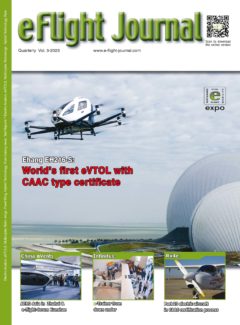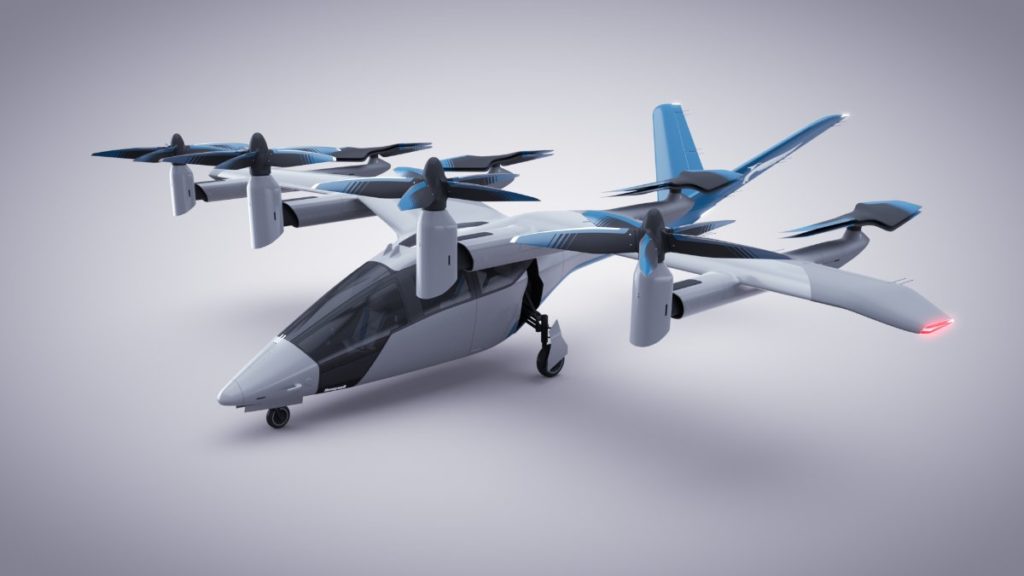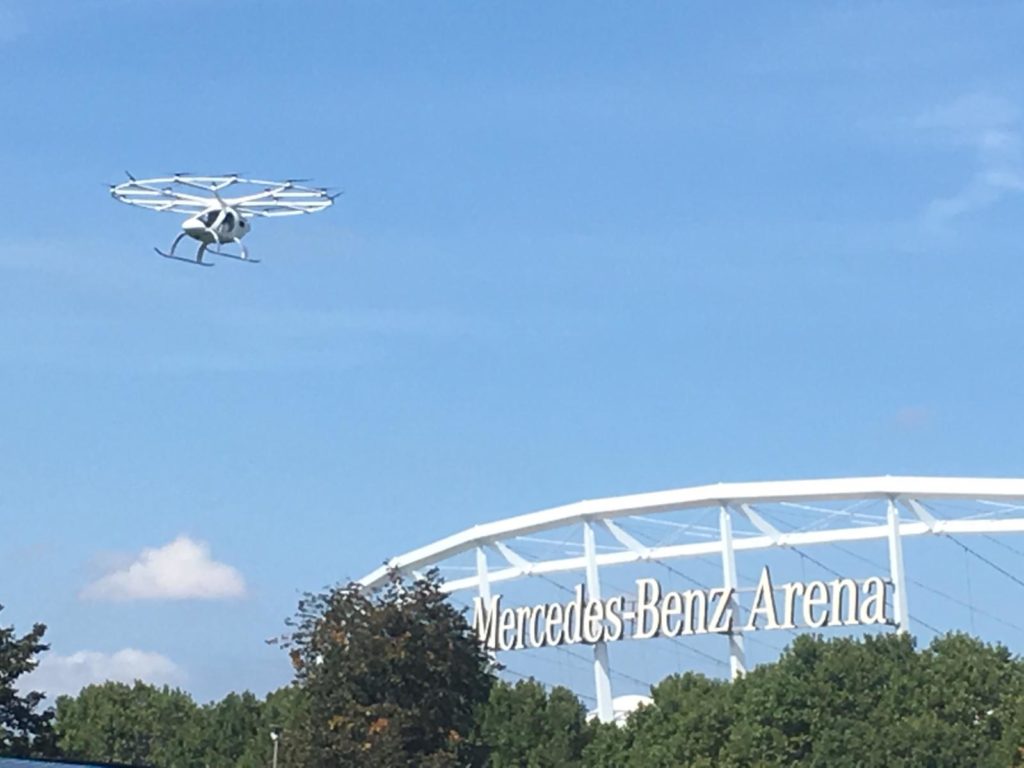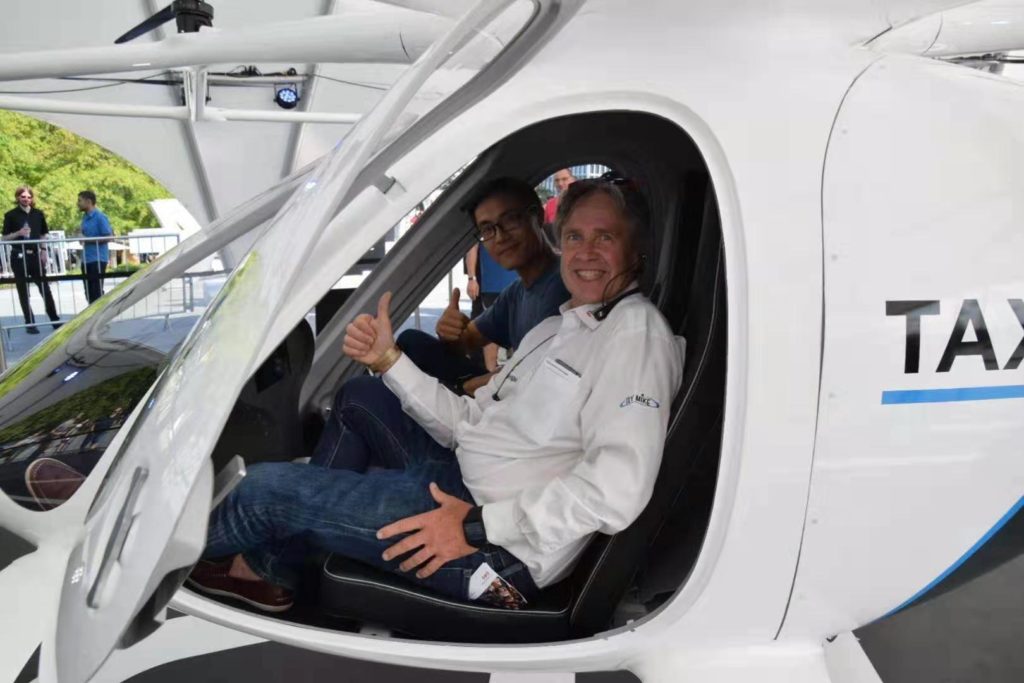On 1 September 2020 Pipistrel, the pioneer of Type Certified electric aviation such as the EASA-certified Velis electric airplane, presented the Nuuva V300 as the flagship model of the Nuuva series of unmanned air vehicles (UAV). Nuuva V300 embodies Pipistrel’s vision to disrupt aerial cargo transportation by commercializing the use of electrical vertical take-off and landing (eVTOL) vehicles. The highly customizable autonomous aircraft can carry up to 460 kg, is easy and economical to operate, and offers the efficiency and reliability of electric powertrains. Entry into service is planned for the second half of 2023.

The large cargo compartment accepts up to 3 Euro-pallets (EPAL) that can be easily loaded with a regular forklift. The Nuuva V300 then flies a preloaded flight plan fully autonomously, controlled by a highly reliable digital flight control system. Continuous communication allows the ground operator, who manages the vehicle with simple mouse-clicks, to have ultimate control in case of changes or cancellation of the flight. The Nuuva V300 takes-off and lands using eight independent battery-powered Pipistrel E-811 electric engines, already Type Certified. The whole system is safeguarded by the integrated health self‑monitoring system that alerts of any potential malfunction even before it occurs, increasing the reliability and safety. Nuuva V300’s batteries can be charged by simply plugging-in to a SkyChargeTM by Pipistrel and Green Motion charging station

The Nuuva V300 can be customized for a wide range of missions. For operators that prioritize longer range, the vehicle’s payload capacity and anti-ice capabilities can be traded-off for more usable fuel, being able to transport 50-kg payload for as far as 2,500 km – all this without compromising the ability to take-off and land vertically from altitudes as high as 8,000 ft. At lower take-off altitudes and with shorter mission requirements, the payload can be increased to up to 460 kg, beating the coveted 1,000 lb threshold.
The smaller sibling of the Nuuva family, the V20, shares the same architecture and advantages of the larger V300 but is designed as a lightweight cargo courier carrying payloads of up to 20 kg. First customers will be able to take deliveries as early as 2021.






